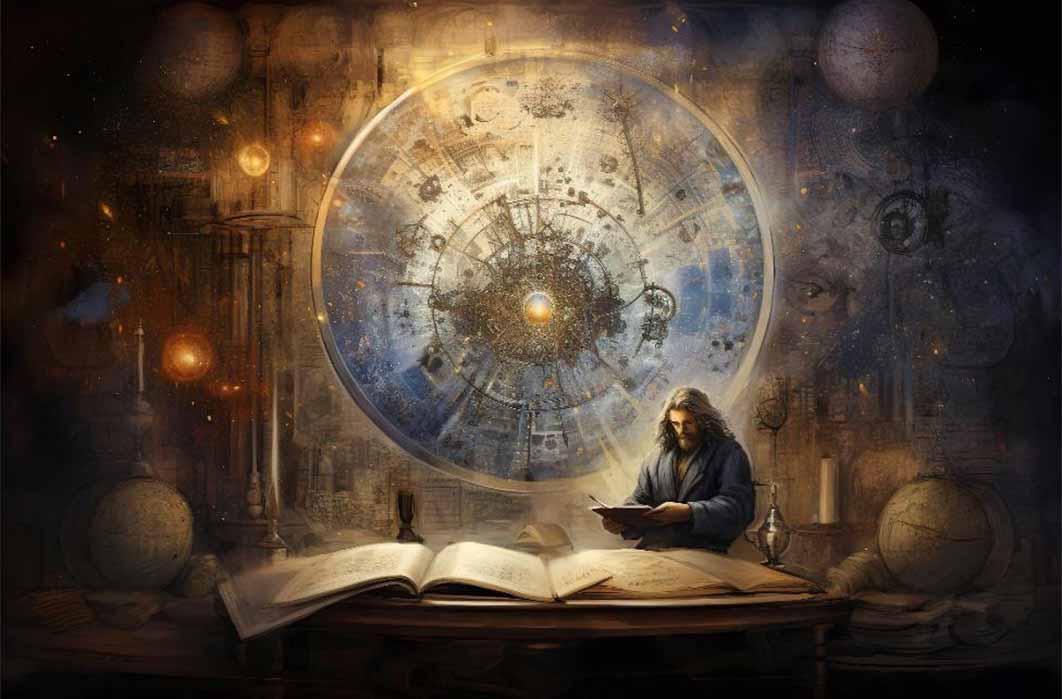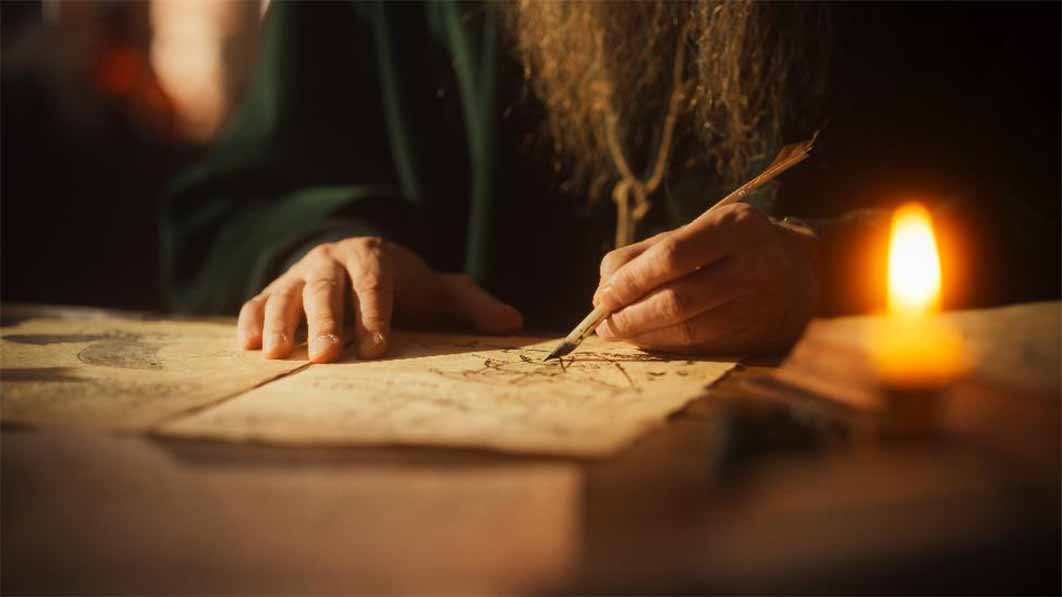
Renaissance Magic: Linking the Earthly and the Divine
In the Renaissance, magic was a convergence of science, philosophy, and the mystical, reflecting the era's quest for knowledge and understanding of the world. Unlike today's clear demarcation between science and the supernatural, during the Renaissance era these realms were deeply intertwined. In this period people had both a renewed interest in ancient texts and with exploring the natural world, fostering a unique blend of empirical inquiry and mystical thought. Renaissance magic was not merely about the occult or esoteric practices but also seen a means of exploring and understanding the universe and its hidden forces.
Key figures in the study of Renaissance magic did not necessarily see themselves as magicians in a purely esoteric sense, but they also often saw their work as scholarly and philosophical – they were delving into the deeper truths of the cosmos. Their work in areas like natural magic, alchemy, and astrology sought to uncover the links between the earthly and the divine, often merging scientific investigation with mystical and theological elements.
Undoubtedly, this era's magic was a complex and multi-layered phenomenon, deeply embedded in the period's intellectual, religious, and social fabric. It reflected a world in which the boundaries of knowledge were constantly being expanded and the exploration of the natural world went hand in hand with a quest for spiritual enlightenment and a deeper understanding of the human condition.

Representation of a Renaissance magician writing a manuscript. (Gorodenkoff / Adobe Stock) Use this as the background image
Branches of Renaissance Magic
Natural Magic, also known as “philosophical magic,” was seen as a sensible branch of learning, akin to natural philosophy (what we would popularly refer to as ‘science’ today). Its practitioners believed that the world was a living organism filled with occult (hidden) virtues that could be harnessed for various purposes, such as healing or protection. They sought to understand these hidden forces through observation and experimentation, which often led them to explore various fields, including botany, mineralogy, and zoology.
Hermetic Magic was based on the Hermetic texts, which were believed to contain ancient wisdom. This type of magic was mystical and philosophical, focusing on achieving spiritual transformation and communion with the divine. It combined elements of astrology, alchemy, and theurgy (ritual practices intended to invoke the action of gods). Hermeticists believed in the concept of “as above, so below,” meaning that earthly events and human destinies were reflections of celestial happenings. This belief linked them closely with astrological practices.
Celestial or Astrological Magic was based on the belief that stars and planets had a direct influence on earthly affairs. Practitioners of this magic would cast horoscopes not just to predict the future, but also to determine the most auspicious time for various activities, from medical treatments to business ventures. A common practice was the creation of talismans during specific astrological alignments. These talismans were believed to harness the power of the celestial bodies, providing protection or other benefits to the bearer.
Necromancy or Black Magic was the most controversial and feared form of magic during the Renaissance. It was associated with the summoning of demons and spirits of the dead, often with a goal of divination or for achieving personal power. This form of magic is the one that was most offensive and condemned by the Church and secular authorities, leading to its practitioners being persecuted. Necromancy was often linked with other forbidden practices like witchcraft and sorcery. It was steeped in ritual and secrecy, involving complex rituals and incantations.





